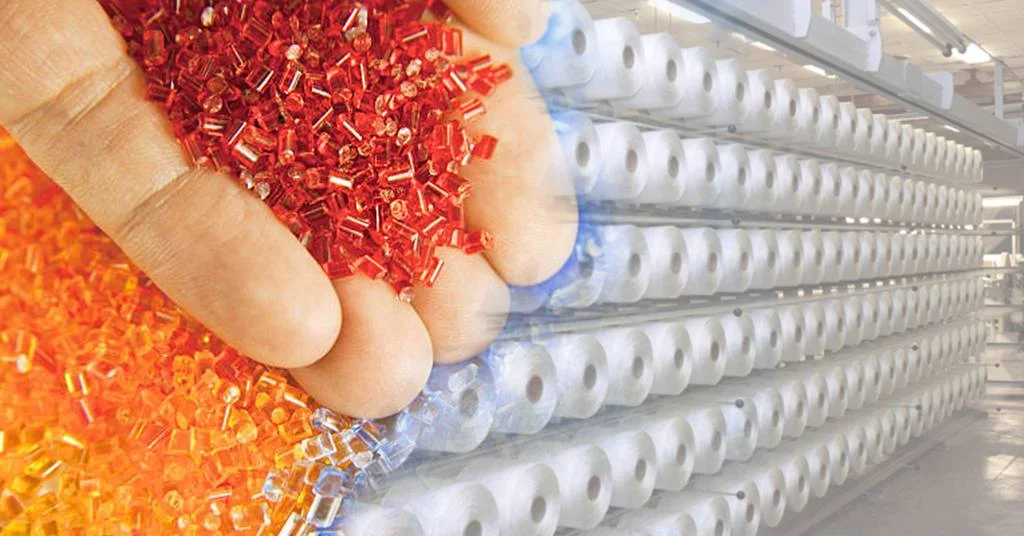Welcome To ChemAnalyst

The European Polypropylene market has experienced a persistent bearish trend since April 2023, characterized by continuous declines in Polypropylene prices throughout the region. The main contributing factors to this downturn were low demand and the impact of macroeconomic activities within the country. By July 2023, the situation worsened as the price of Polypropylene witnessed a further decrease of approximately 4%, mainly influenced by a 2% decline in the price of feedstock Propylene within the European region. This decline in feedstock prices added to the overall downward pressure on Polypropylene prices, making it even more challenging for the market to rebound. One of the significant factors that had a profound effect on the demand for Polypropylene was the ongoing summer holiday period across Europe. During this period, many buyers and converters opted to take their plants offline or reduce their operational rates. As a result, the market experienced lacklustre demand trends, further contributing to the bearish undertone.
Moreover, the European market faced another challenge as high inflation adversely impacted consumer spending. With consumers tightening their purse strings due to rising prices, demand for Polypropylene products was further constrained, adding to the negative sentiment prevailing in the market. The situation was aggravated by a supply overhang, which put significant pressure on sellers to offload their Polypropylene stocks at attractive price levels. Despite weak demand in Europe, the excess supplies persisted, dampening market momentum and keeping prices on a continuous decline. Even though European Polypropylene producers tried to operate their facilities at minimum levels, the excess supplies proved too overwhelming to stimulate a market turnaround.
Furthermore, the European market had to contend with the competitive pressure of import offers from other regions. To protect their market shares and maintain margins, many European Polypropylene producers and sellers had no choice but to reduce their spot prices to match the more competitive import prices. Although the market conditions were bearish at that time, some market participants held onto the hope that spot prices in both the European and global markets were close to reaching their bottom. However, the prospects of a recovery in Polypropylene prices remained uncertain, hinging on the interplay of various factors such as demand trends, macroeconomic conditions, and the resolution of the supply overhang.
As the situation continued to unfold, industry players kept a close eye on market dynamics, cautiously evaluating the potential for a reversal in the bearish trend and the much-awaited recovery of Polypropylene prices in the European market. Only time would tell when the market would find its footing once again.
We use cookies to deliver the best possible experience on our website. To learn more, visit our Privacy Policy. By continuing to use this site or by closing this box, you consent to our use of cookies. More info.
